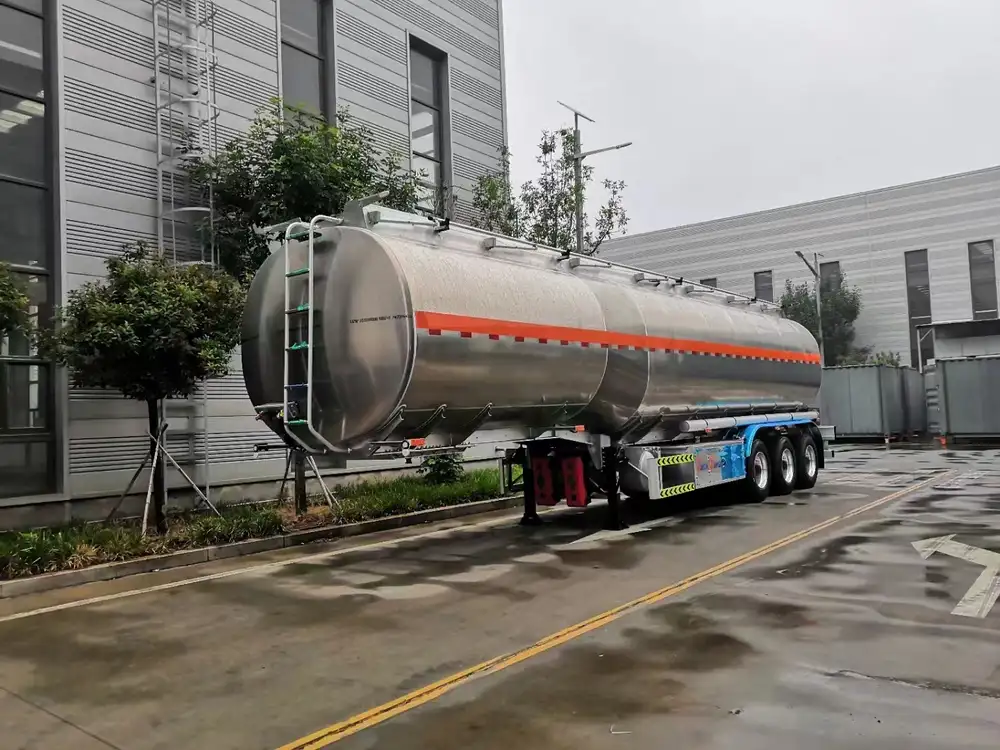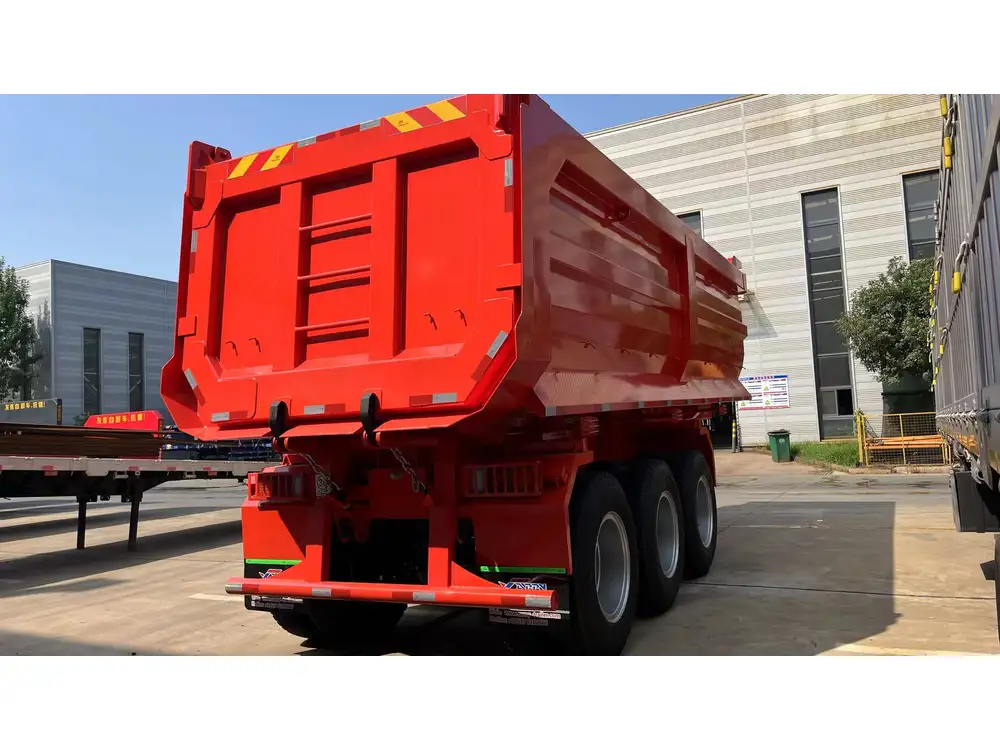When managing logistics and transportation, determining the right trailer for your cargo is fundamental. Among the various options available, flatbed trailers are highly versatile, designed to carry an array of loads, from construction materials to oversized machinery. This article delves into the crucial question: how much can fit on a flatbed trailer? This overview covers capacities, weight limits, dimensional factors, and practical considerations for loading these trailers effectively.
Key Definitions and Specifications
To fully grasp flatbed trailer capacity, one must understand essential specifications and factors that determine what a flatbed trailer can safely transport.
1. Types of Flatbed Trailers
Flatbed trailers come in several types, each suited for specific loads:
| Type | Description |
|---|---|
| Standard Flatbed | Typically 48-53 feet long, open from above and sides |
| Step Deck Trailer | Has a lower deck, allowing for taller cargo clearance |
| Double Drop Deck | Features two drops in deck height, useful for oversized loads |
| Flatbed with Side Rails | Equipped with removable side rails for additional loading options |

2. Common Dimensions
Understanding dimensions helps in planning cargo. Common flatbed trailer dimensions are:
| Dimension | Standard Length | Standard Width | Standard Height |
|---|---|---|---|
| 40-foot | 40 feet | 8.5 feet | 4.5 feet |
| 48-foot | 48 feet | 8.5 feet | 4.5 feet |
| 53-foot | 53 feet | 8.5 feet | 4.5 feet |
Weight Limits: A Decisive Factor
3. Understanding Gross Vehicle Weight Rating (GVWR)
The Gross Vehicle Weight Rating (GVWR) signifies the maximum weight a trailer can legally carry, including its own weight and cargo. Most flatbed trailers have:
- GVWR of 48,000 to 80,000 pounds depending on the trailer type and axle configuration.

Example GVWR Calculations:
Two-Axle Trailers
- GVWR: 48,000 lbs
- Cargo Capacity: 34,000 lbs
Three-Axle Trailers
- GVWR: Up to 80,000 lbs
- Cargo Capacity: 60,000 lbs (assuming the trailer itself weighs approximately 20,000 lbs)
4. Load Distribution and Safety
Proper load distribution across the trailer affects safety and performance. Overloading one side can lead to tire blowout or uneven braking. Key practices include:
- Distributing weight evenly across axles.
- Securing cargo to prevent shifting.
5. State Regulations and Compliance
State regulations can impact the allowable weight and dimensions of trailers. Check with local Department of Transportation regulations for specifics, including potential permits for oversized loads.

Capacity Considerations: How Much Can Fit?
6. Volume Capacity
Apart from weight limits, volume capacity is essential—this refers to how much cubic space is available for loading.
- Standard 48-foot flatbed:
- Volume: Roughly 1,200 cubic feet.
7. Cargo Type and Dimensions
Certain cargo types can significantly influence how much can be loaded onto a flatbed. For example:
Construction Materials
- Pallets of bricks, lumber, and rolls of steel might stack high.
Machinery
- Oversized equipment does not stack but requires precision in how it’s placed.

8. Practical Load Examples
The following table presents a few practical loading examples to conceptualize what can fit into a standard 48-foot flatbed trailer.
| Cargo Type | Approximate Weight | Volume Occupied | Number of Items |
|---|---|---|---|
| Pallets of bricks | 2,000 lbs each | 48″x40″x48″ (1.3 cu. yds) | 24 pallets |
| Steel beams | 1,500 lbs each | 20′ long, stacked horizontally | 10 beams |
| Tractors | 10,000 lbs each | 12′ long, placed at angle | 2 tractors |
| Wooden crates | 1,000 lbs each | 48″x40″x36″ (1.0 cu. yds) | 30 crates |
Loading Guidelines: Maximize Your Flatbed Trailer Space
9. Flatbed Loading Techniques
Efficient loading techniques help maximize space and ensure transport safety. Here are some essential strategies:
Use Bulkheads: Secure items against bulkheads to prevent movements during transit. Bulkheads provide added safety and allow for better weight distribution.
Tie Down Systems: Utilize straps, chains, and nets to secure cargo promptly.
Stacking Techniques: When stacking, place heavier items on the bottom to maintain stability.

10. Consider Weather Elements
Weather can also impact loading decisions. Rain or snow adds weight to certain materials, while wind can affect the placement of lighter items.
11. Utilizing Equipment Effectively
Consider the use of loading equipment to facilitate loading and unloading. Cranes, forklifts, and winches can help reposition larger items securely and effectively.
Conclusion: Optimizing Flatbed Usage
Flatbed trailers serve as versatile solutions for transporting a wide range of goods, but effective capacity management is key to maximizing their potential. By understanding the complexities of dimensions, weight ratings, and cargo types, operators can make informed decisions on how to load and transport effectively.

FAQs
Q: What is the legal weight limit for a flatbed trailer?
A: Typically, the legal limit is 80,000 lbs. However, variations exist based on axle configuration and state regulations.
Q: Can oversized items be transported on a flatbed?
A: Yes, but they may require special permits or escort vehicles depending on size and weight.
Q: What safety gear is required when loading a flatbed?
A: It is essential to use proper tie-downs and safety equipment like gloves, hard hats, and reflective vests for safety.
Q: How can I secure irregularly shaped loads?
A: Utilize a combination of straps, corner protectors, and load bars to stabilize and secure irregular loads effectively.
By adhering to safety regulations and utilizing best practices in loading, flatbed trailers can efficiently transport a broad spectrum of cargo, effectively catering to various industry needs and requirements.



